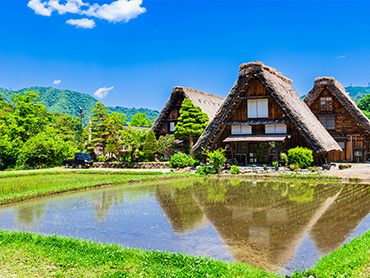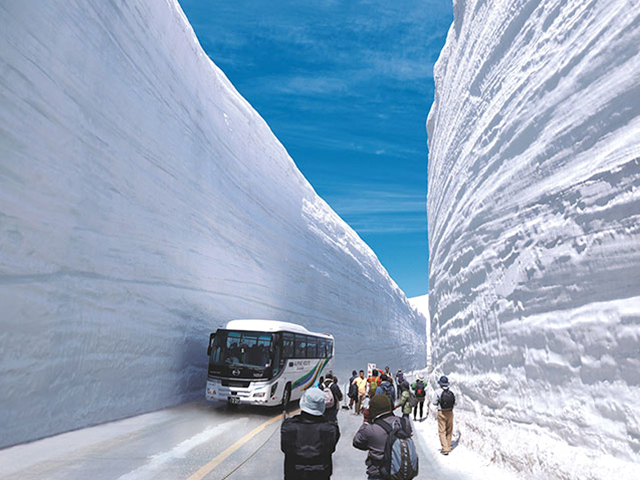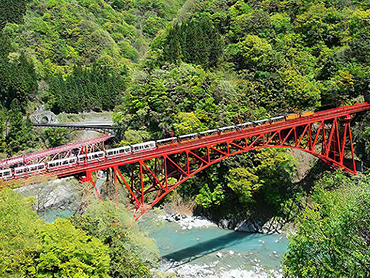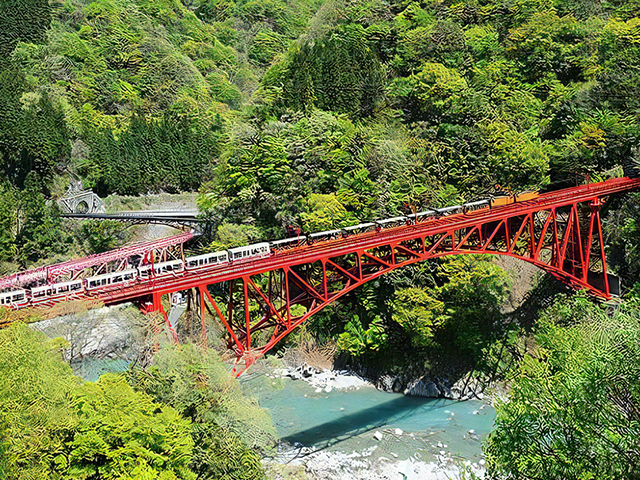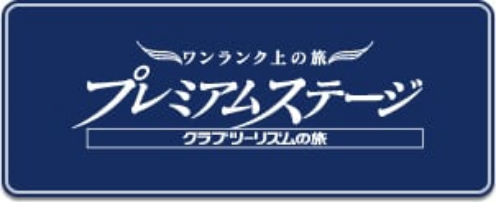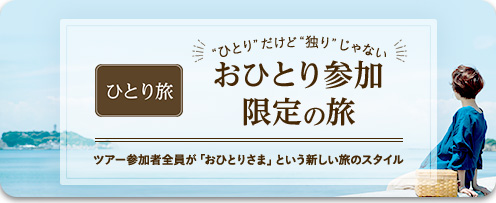[From Tohoku] Toyama trip/Toyama tour
![[From Tohoku] Toyama trip/Toyama tour](/ct/japan/todoufuken/pc-toyama.jpg)
![[From Tohoku] Toyama trip/Toyama tour](/ct/japan/todoufuken/sp-toyama.jpg)
Search by recommended spots

Tateyama Kurobe Alpine Route

雪の大谷(イメージ)
6つの乗り物で通り抜けるアルペンルートは、室堂や黒部ダムなど見所満載。アルペンルート内に宿泊するツアーもご用意しています。(※雪の大谷は4月中旬~6月下旬の期間限定)
Search by conditions
Popular tour rankings for Toyama trips departing from Tohoku
Search by popular destinations and themes
Search by date and destination
Click on the date on the calendar
*Clicking a date on the calendar will change its color and select it.
To select a specific period, click the first and last dates.
transportation




